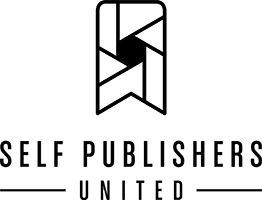This is a series of interviews in which our photographers share with us some interesting aspects concerning their books. They talk about the motivation behind the projects, the process of making of the book and their personal experiences during that process.
Ellis Doeven has been photographing Point Hope, an indigenous whaling community in Arctic Alaska, since 2008, when she first travelled there. The result of many years of work is her book “Maktak and Gasoline”, published in April 2018.
Can you find 3 words that describe what your book is about?
People, nature and love.
What was the motivation behind this project?
I landed in Point Hope during a photo assignment. I made pictures for an article about possible oil drilling in the Chukchi Sea. To make a long story short, I fell in love with one of the local whale hunters and we started going back and forth between Amsterdam and Point Hope, his village in the Arctic.
The project just wrapped around our life. I was so immensely intrigued by life in Point Hope. I had fallen for it as I had fallen for my partner but I didn’t understand it. Photographing helped me to do that. It became a need. I had to do this and finish this, to be able to place things in my life.
Why did you decide to give this project the form of a book?
It needed to be visible and tangible. A sensation for both senses. And it needed to be something I could give to the people of Point Hope.
What did you enjoy the most about making this book?
What I enjoyed immensely in the making of the book was working together with the people that helped me make it: the graphic designer, Sybren Kuiper, the lithographer Sebastiaan Hanekroot, the printer Jos Morree and the bookbinder Wytze Fopma .
Photographing in this project was, a sometimes, lonely search in trying to understand life around me; people from a culture, born to a land and lifestyle so different from mine. Not in the least, understanding my partner, who is from that area.
Then you have a bunch of pictures and they have to form a book, so I could share my experiences with other people. And Sybren did that majestically. I told him my story, handed over the pictures, told him what I meant to tell with them and he designed a book. Then Sebastiaan translated my analogue pictures in digital work, Jos printed it and Wytze bound it. This book was teamwork. Made by very skilled and enthusiastic people.
What do you expect the viewer to experience when they look at your book?
I hope they are pulled into the community like I was. And that they feel the connectedness I feel with the Arctic, the land and especially, the people.
As this is our first interview, can you introduce your work in general?
I started this project, Maktak and Gasoline while I was studying at the KABK in The Hague. It took me ten years to finish so this is the one and only project that contains my work.











